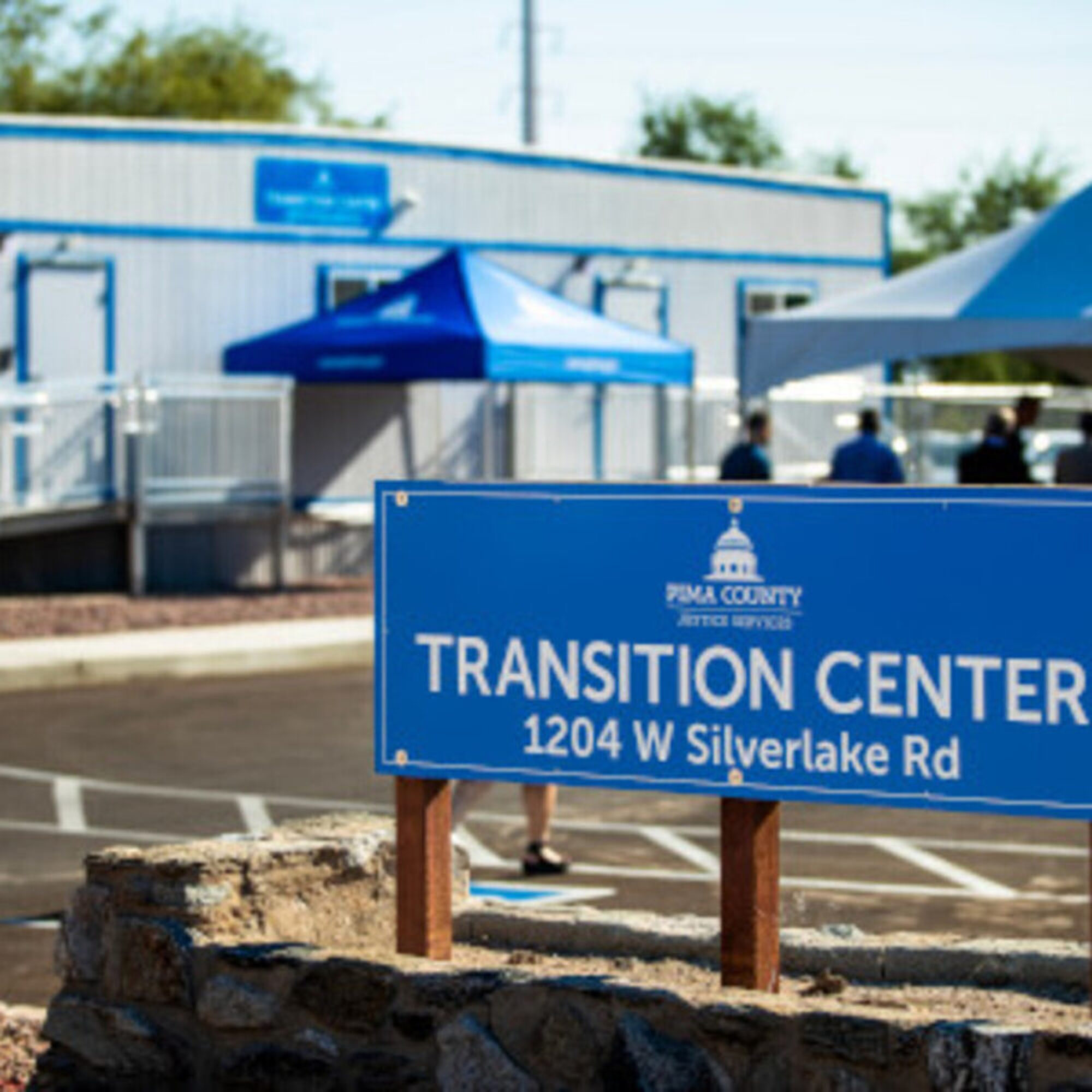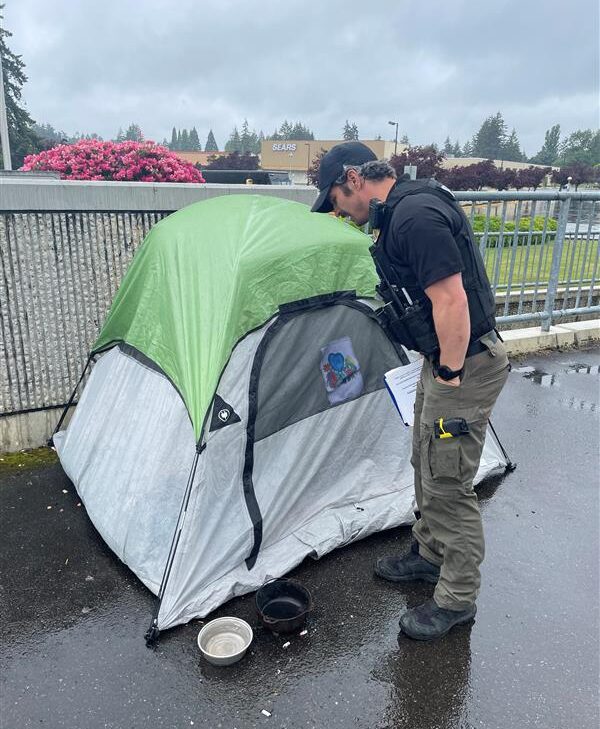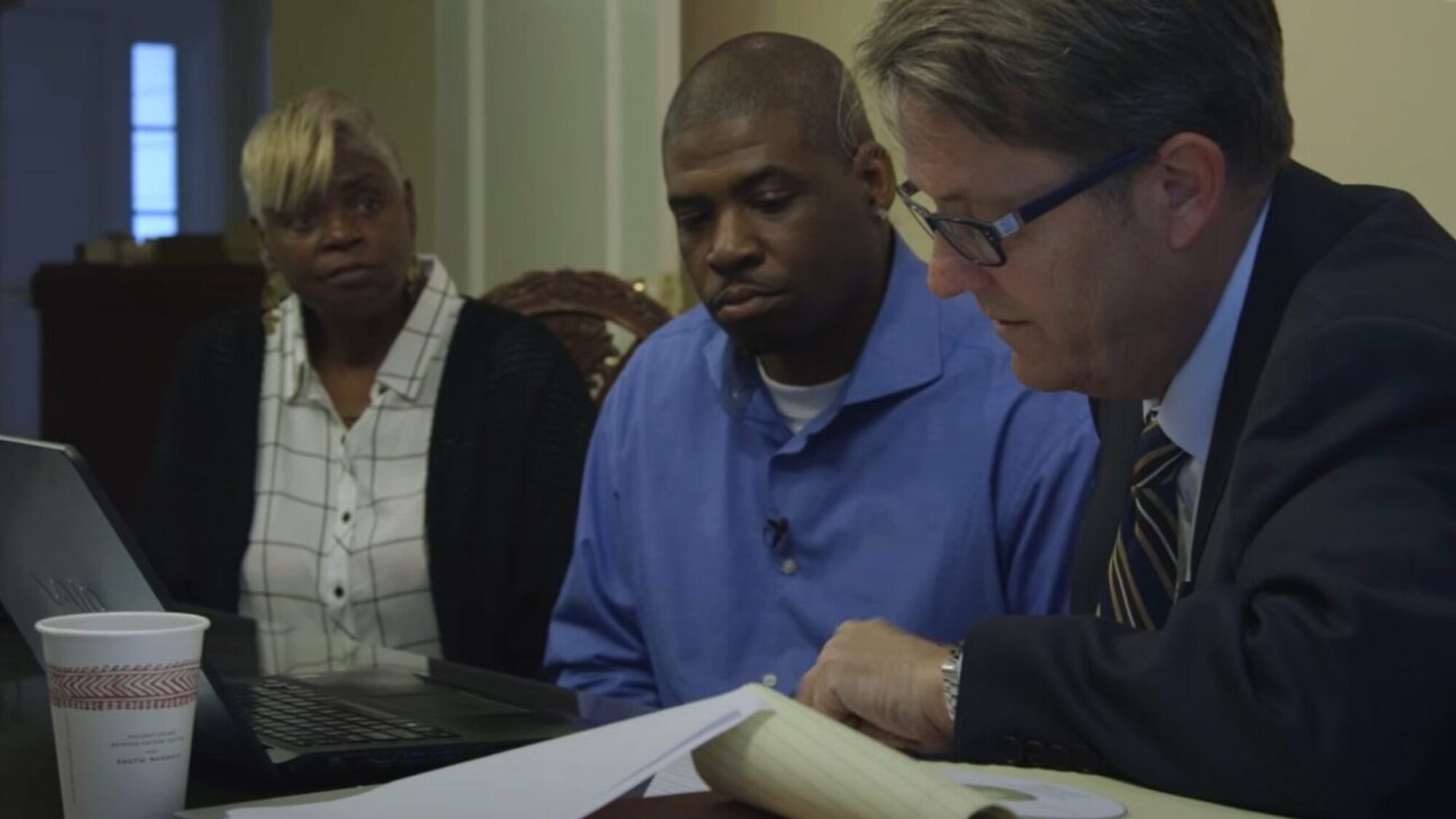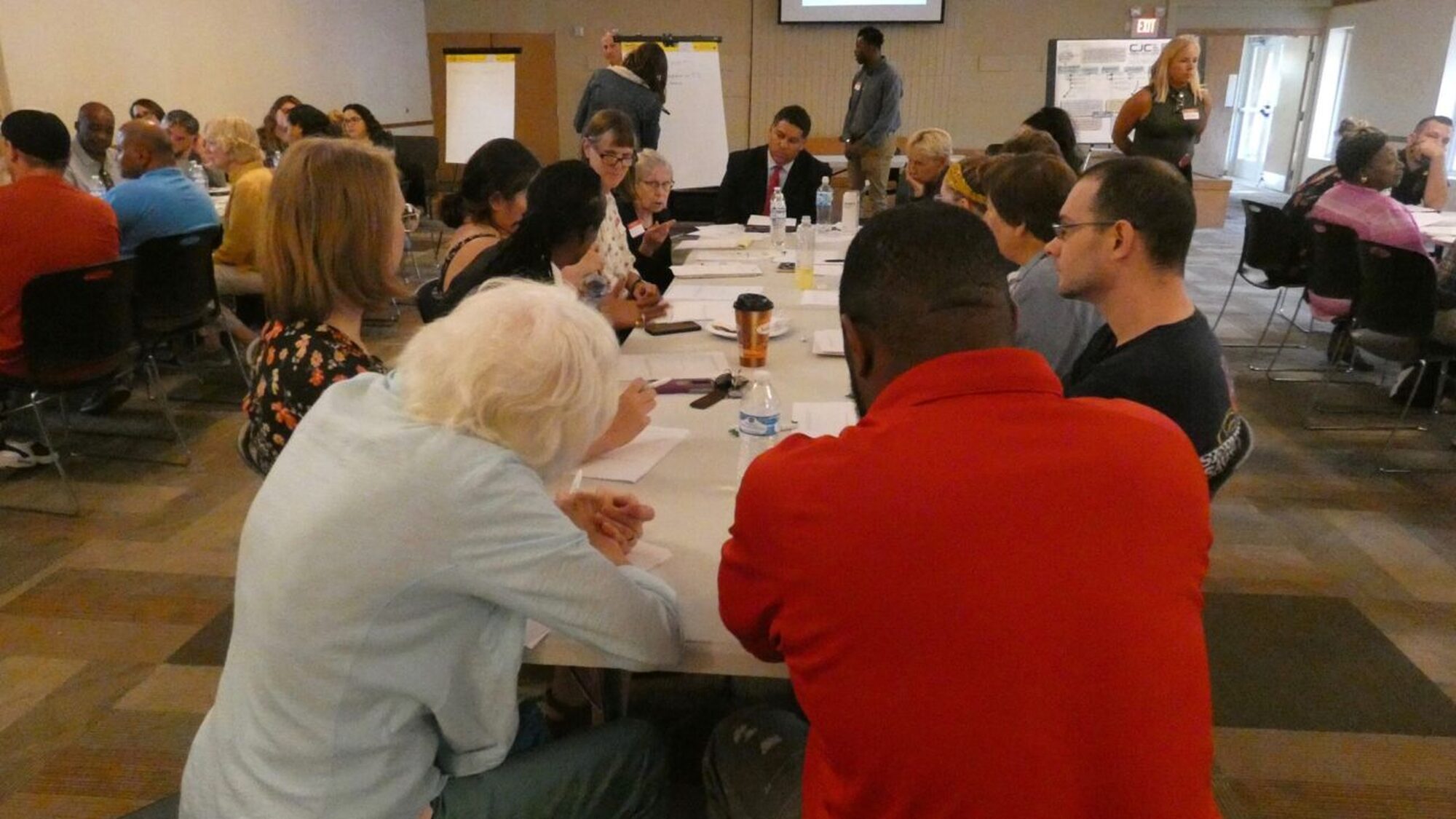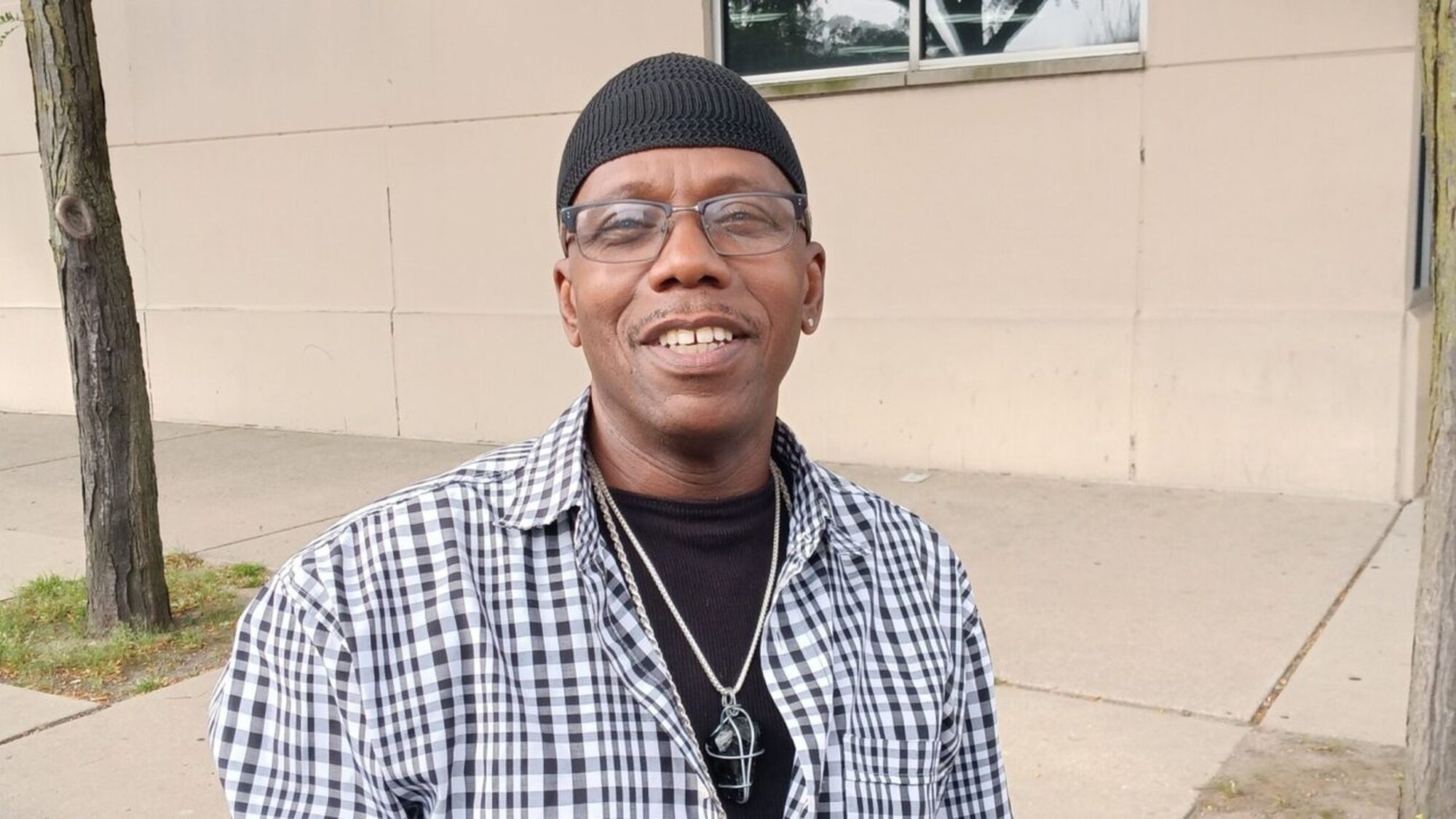After spending 19 months in jail in Pima County, Arizona, “Michael” is living a new life because of the support of the Transition Center, which assists people leaving custody and connects them with resources and services in the community. When he was released, Justice Navigators at the Transition Center helped Michael forge a new path.
Michael’s history included 14 years of involvement with the legal system, multiple arrests, and behavioral health issues. With a referral from the center, Michael immediately found a job and moved into transitional housing. He earned his GED, and when his transitional housing ended, Michael found an apartment and arranged the lease himself. He continues to remain engaged with services as he builds a new life, and his hard work has led to a reduction in his probation.
Michael is just one of more than 400 people who have sought support from the Justice Navigators since August 2023. Like many others, his path to stability started with a short walk to the Transition Center.
The Transition Center is located just outside of the Pima County Adult Detention Center. People learn about it through printed materials, instructions from staff, and a video that runs in the jail’s initial detention area—in English and Spanish. When someone is released from pretrial services or jail, they simply need to find the big blue line painted on the sidewalk and follow it to the Transition Center. Often staff are notified when someone is on their way, and a Justice Navigator will meet them outside and guide them into the center.
Justice Navigators, Peer Mentors
The Justice Navigators work as peer mentors and as information and referral specialists. They have personal experience with the types of situations their clients may be facing—often including substance use disorders, unstable housing, limited finances, and mental health conditions—which helps them build rapport with those who have been arrested. No person released from custody is required to visit the Transition Center, and all the services it offers are voluntary.
“Transition Center staff use a person-centered and trauma-informed approach to engage all individuals who present at the center,” said Mayra Ramos, deputy director of Pima County Justice Services. “It is very clear that there’s no obligation for individuals to engage with us. And the approach that we take is critical to whether they accept assistance on that day or in the future. Whenever they are ready, our doors remain open.”
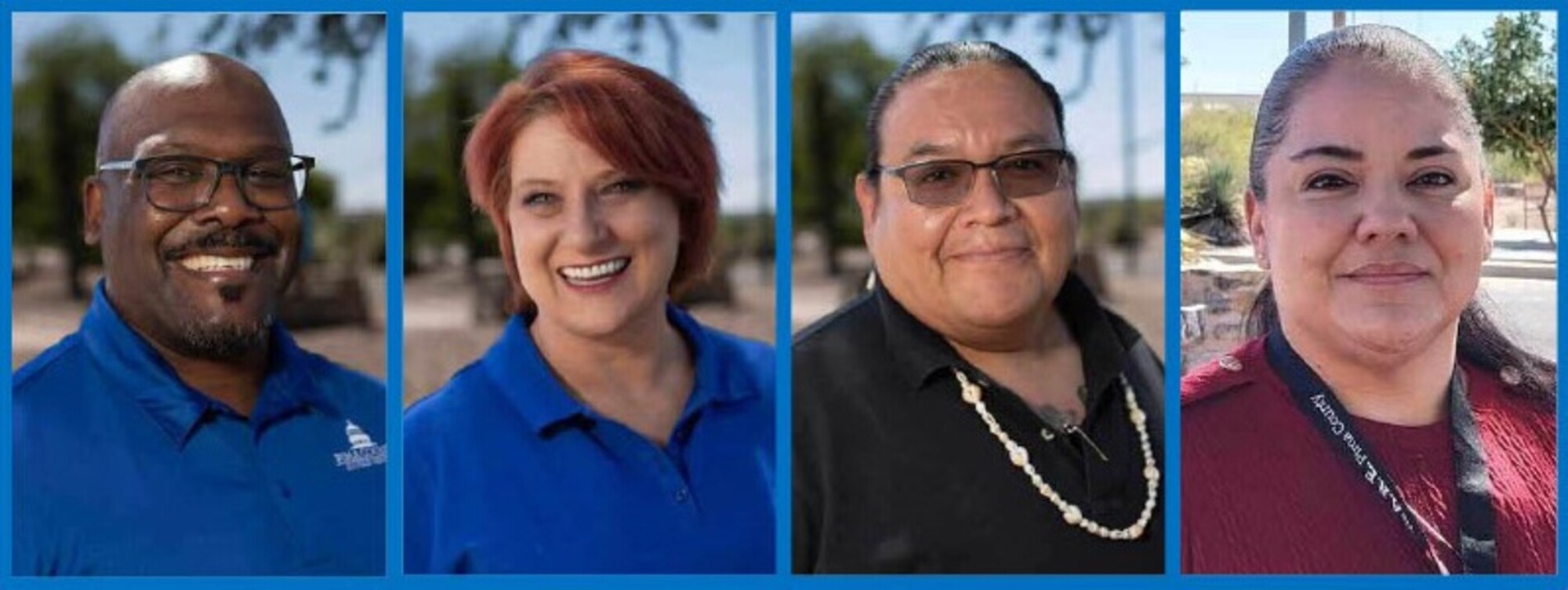
Building on their personal experience, a Justice Navigator guides the person through a screening process that includes asking if they have transportation, a safe place to sleep, food to eat, and whether they need addiction or other medical treatment. Anyone who uses the Transition Center services qualifies for a cell phone with service for three months to aid in communication for their legal obligations—and to help them access services. The center also distributes snacks, hygiene kits, and gently used clothing.
“The Justice Navigators are conduits to services,” explained Ramos. “We know there’s a wealth of programs and services in our community. It’s a matter of connecting individuals to those services. As we identify needs or gaps in services, we’ll be reaching out for other types of collaborations.”
Changing Lives
The program is seeing success: 90 percent of clients remained arrest-free in the 30 days following release, compared to 73 percent of those who had not used the Transition Center.
At a recent Pima County Board of Supervisors meeting, Erika Godinez, a Justice Navigator, shared the story of “G.”
G was referred to the Transition Center by the Department of Corrections after spending about half his life behind bars. With assistance from a justice navigator at the Transition Center, he started work immediately and found short-term housing. He then signed a lease in a location where he could reunite with his two dogs. G completed his GED and continues to work on his recovery.
Laying the Groundwork
Nearly 20 years ago, staff with the Pima County, Arizona, jail began discussing a unique approach to supporting people in the pretrial stage of the legal system. The ideas percolated over the years, and by early 2020, they included a physical location outside of the jail. When the construction request for proposal was in development, COVID-19 struck, and, like so many other projects, the Transition Center was delayed.
As COVID receded, plans were revitalized—but without the dedicated space for the Transition Center. “We laid a lot of groundwork years ago with the Pima County staff,” said Domingo Corona, Division Director of Pretrial Services with the Arizona Superior Court in Pima County. “Then, after the construction plans were waylaid, Kate Vesely and her team had the idea for the modular building to house the Transition Center.”
The plans quickly moved ahead, and the Transition Center opened in August 2023. The initiative is a collaboration between Pima County, the City of Tucson, and others. Funding is provided, in part, by the John D. and Catherine T. MacArthur Foundation’s Safety and Justice Challenge.
Initially, the Transition Center worked with people released by pretrial services before jail booking. A screening process helped determine who was eligible. Since its opening, however, the Transition Center has broadened its work to provide services to anyone being released from jail or referred by court, and it now offers help to anyone who walks through its doors.
“One of the critical elements is making sure that you have individuals with lived experience at the table.”
What’s next
Since the project began, staff have been collecting data to compare clients of the Transition Center with a control group. “The data we’re collecting is going to inform what our next steps are—where there’s room for improvement, and the positive outcomes to inform programmatic and financial sustainability,” continued Ramos.
Based on the work in Pima County, Ramos would advise other communities considering a transition center to listen to their communities—law enforcement, businesses, and social services—to guide the process. She also emphasizes the critical work of Justice Navigators. “One of the critical elements is making sure that you have individuals with lived experience at the table, and that their voices are valued and heard.”
About the Author
C.C. Strom is a writer and communications consultant based in Minneapolis. She’s committed to telling the stories of nonprofit organizations and building stronger communities.

